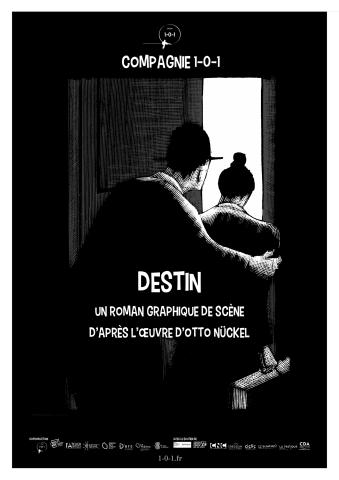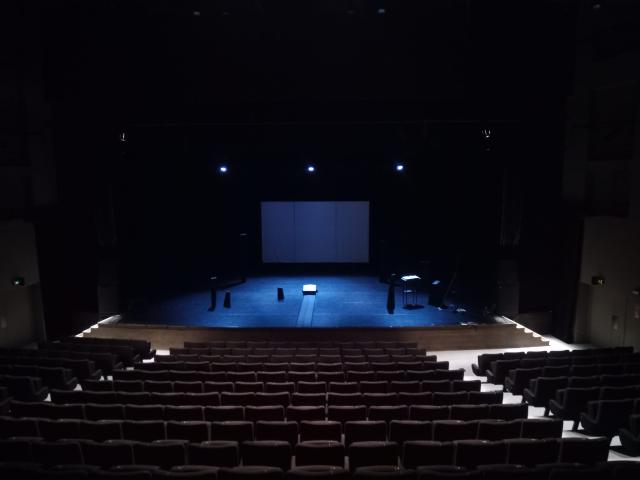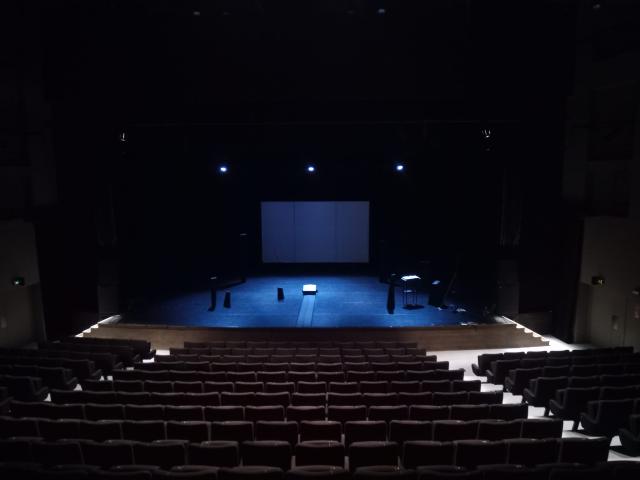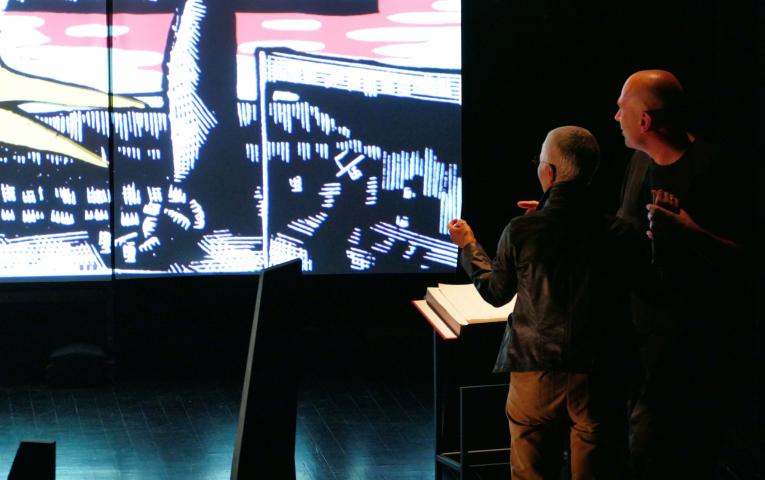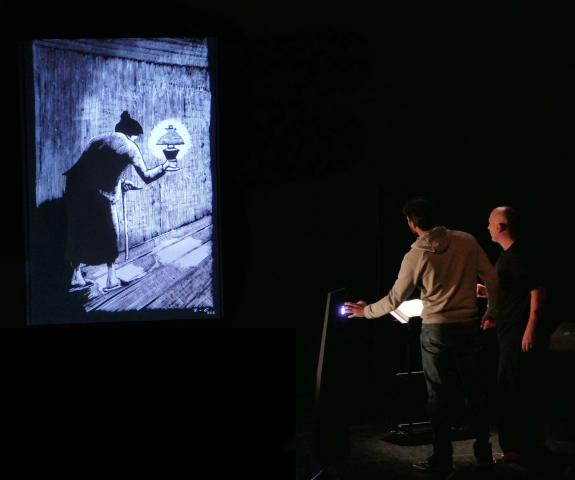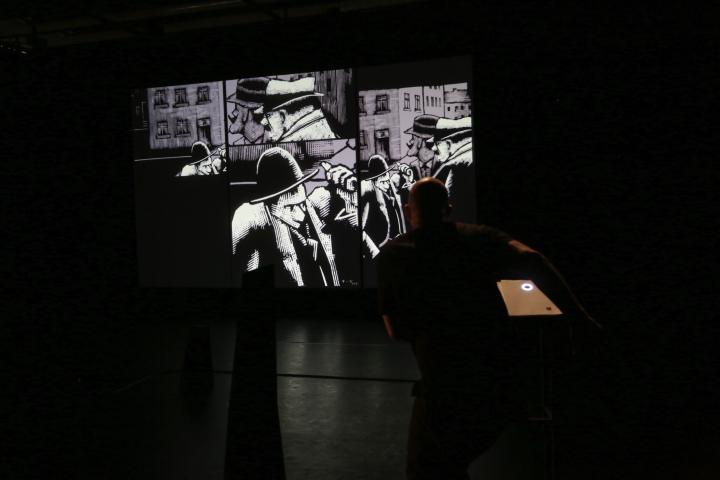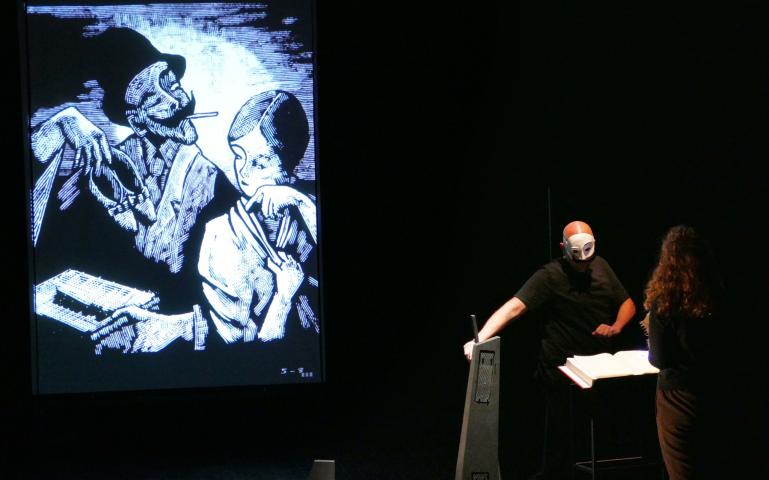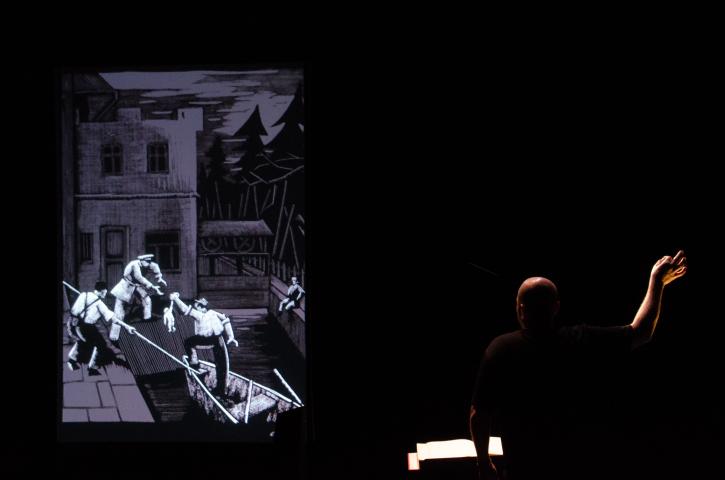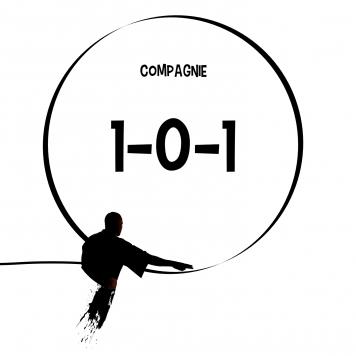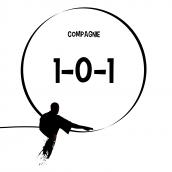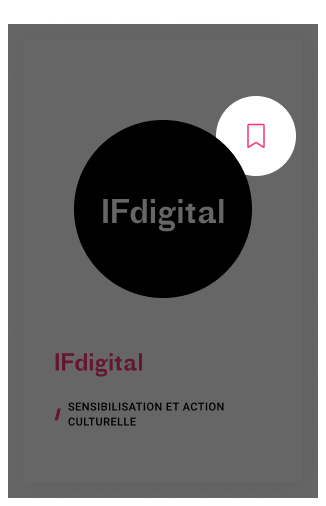Find out more
Origin
Otto Nückel, a German expressionist engraver, is one of the pioneers of the graphic novel, the ancestor of the comic strip. In 1926 he published a graphic suite without words, which he took 5 years to engrave: « Destiny ».
Through these 198 lead engravings, Otto Nückel recounts the life and death of a young German woman in the 1920s. « Destiny » seizes the reader with its modernity and its formal and aesthetic radicalism. The human misery described, the unvarnished realism of the characters and the climate of the 1920s send us ferociously back to the news of our contemporary society and the place of women in it, through the ages.
The graphic novel, an art form without words
At the end of the First World War and the Great Depression, graphic novels were intended by their authors for popular distribution, they were political words that denounced the current regimes. They feed on silent cinema and its framing. There are no words, no dialogue. They are rooted in the symbolism of playing cards: the more one looks at the image, the more the information it contains develops.
A relentless and mysterious story
« Destiny » deals with the status of women. In this very dark and grating story, darkness and light are a first key to reading. Despite the ambient darkness, there is always a light towards which her heroine turns, courageously.
A stage graphical novel
Each of the 198 engravings is animated in real time by a device of distance sensors.
Nückel's characters come to life on the screen, waiting to be manipulated. The work unfolds between movement, habitation of the image, dance, exploration, and… public participation.
Because "Destiny, a stage graphic novel" is a work that is shared: called and guided by the artist, the spectators go up to the stage in turn to manipulate the sensors, animate the images, turn the pages of this story and help to his advancement. In this sharing of manipulation, in this form of mise-en-abîme, in the surprises of what each brings with his gesture and his presence on stage, it is a question of going through the novel, of going beyond the drama, and of finding a form of resilience.
The spectator will be immersed between the sensations of reading, animated cinema, and multimedia interaction which requires bodily commitment.






